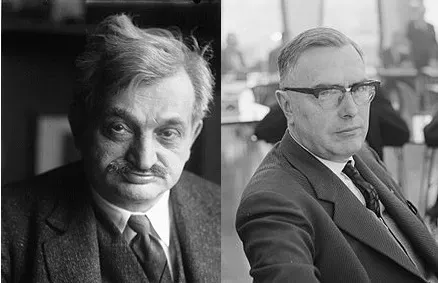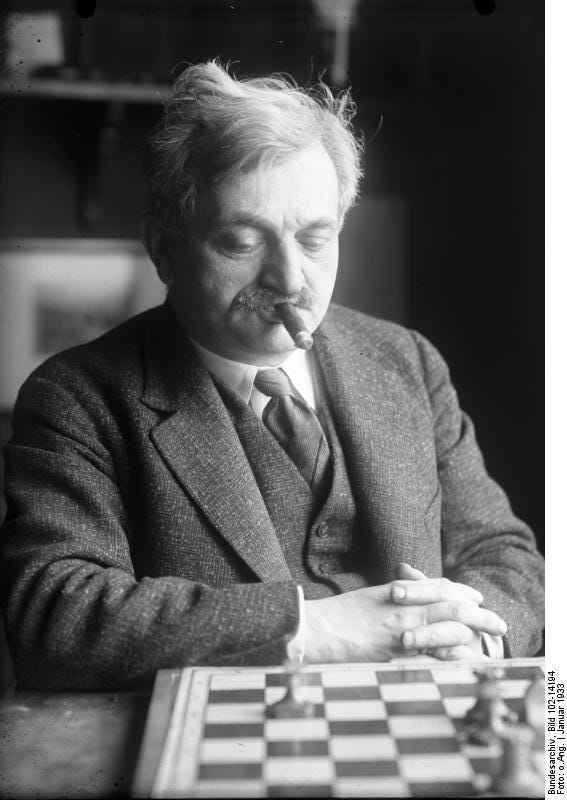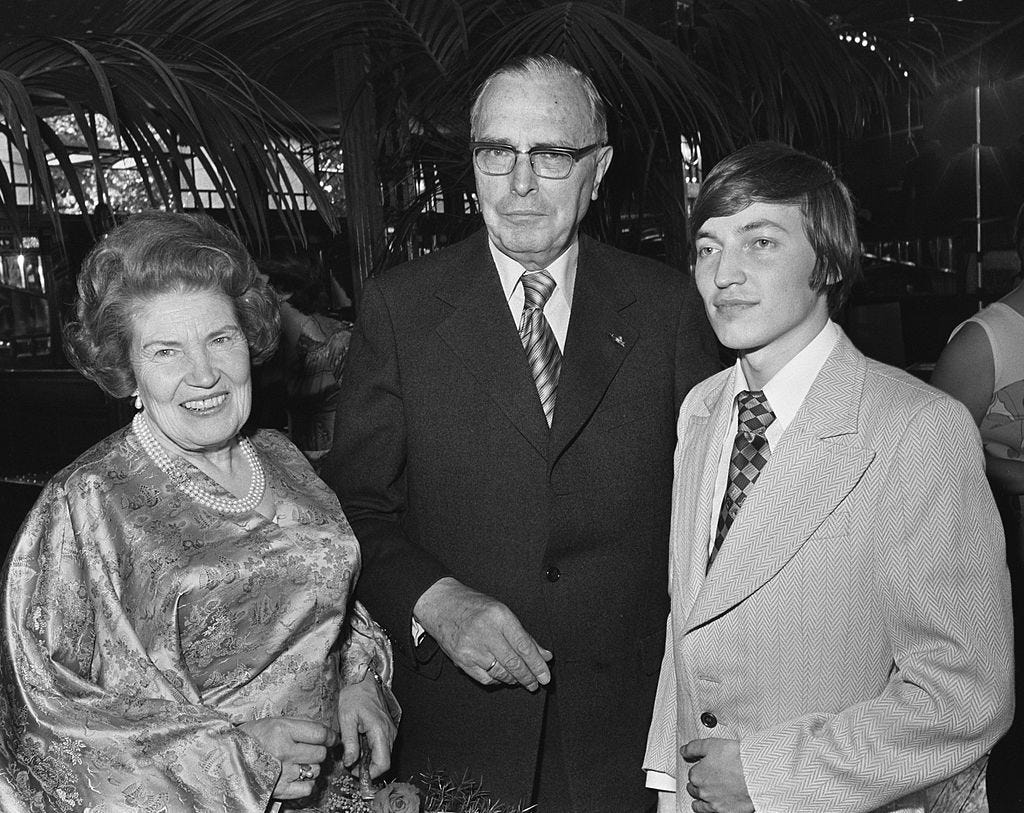Chess and Mathematics
At first glance, these two disciplines may seem unrelated. However, mathematics and chess have a large amount of unexpected connections.

A common way to tie mathematics to a game is through probability. Popular games such as poker and craps can be analyzed very thoroughly with probability concepts. That is because these games deal with chance and incomplete information. Chess however, has no randomness or hiding of information. Because of this, we say that chess has perfect information putting it in the same category as games like go and checkers.
Why, then, has chess not been solved yet? In other words, why don’t we know the exact best move for every situation? Simply due to the complexity of chess (Claude Shannon found that there are 10⁴³ legal positions), it is way beyond the scope of modern computation. However, the notorious Zermelo’s Theorem does have something to say on this matter.

Widely regarded as the first theorem in game theory, Ernst Zermelo was interested in applying set theory to chess. This came as mathematics was undergoing a radical revolution in the early 20th century. He comes to the conclusion “in chess either White can force a win, or Black can force a win, or both sides can force at least a draw.” While this seems to be a very obvious statement, the paper had an incredible on developing the theory of games! If you are interested in the details of his proof and the historical context, I recommend you check out this article.
So we’ve heard about a mathematicians who proved something about chess, what about famous chess players who are also mathematicians? As you can see on this page, there are a lot! I’m going to focus on two, Emanuel Lasker and Max Euwe, who were world champions during their respective eras.

Emanuel Lasker was born in 1868, and started studying math very early in school. He eventually studied mathematics in Göttingen, the most prestigious mathematics university at the time, under David Hilbert. There, he did very important work in algebraic geometry. Lasker proved that every polynomial ringcan be decomposed into finitely many prime ideals in 1905. This theorem was generalized by Emmy Noether in 1921. Noether extended Lasker’s work to include all ideals, and this theorem is now known as the Lasker-Noether Theorem.
In the meantime, Lasker was also incredibly busy playing chess. He was the world champion from 1894 to 1921, the longest period of any other world champion. At the time, he was considered a psychological player, meaning he intentionally played weak moves to confuse his opponents. It is now accepted that he was just incredibly ahead of his time and was actually playing very strategically. Even today, his plays are difficult to follow and modern chess players struggle to classify them.
One more notable thing about Lasker: in addition to being advised by David Hilbert, he was very good friends with Albert Einstein. The two would converse regularly about a variety of topics, ranging from physics to chess. Upon Lasker’s death, Einstein had this to say:
Emanuel Lasker was undoubtedly one of the most interesting people I came to know in my later years. We must be thankful to those who have penned the story of his life for this and succeeding generations. For there are few men who have had a warm interest in all the great human problems and at the same time kept their personality so uniquely independent.
I am not a chess expert and therefore not in a position to marvel at the force of mind revealed in his greatest intellectual achievement — in the field of chess. I must even confess that the struggle for power and the competitive spirit expressed in the form of an ingenious game have always been repugnant to me.

The other mathmatician / chess player of note is Max Euwe. He earned his doctorate in mathematics from the University of Amsterdam in 1926. Most of his work in mathematics dealt with number sequences. Euwe was extremely interested in applying these to games of chess. Using his work, he was able to prove that the standard chess rules at the time allow for games to last forever. This was the rule in question:
A chess game ends with a draw if a sequence of moves — with all pieces in exactly the same positions — is played three times successively.
Due to Euwe’s work, the rules were changed to:
A chess game terminates with a draw when the same position with the same player to move occurs the third time.
A chess game terminates with a draw when in 50 successive move pairs (white-black or black-white) no pawn is moved and no piece is taken.
For a more in-depth explanation on this rule and Euwe’s math, see this post.
Later in his life, Euwe became more interested in computation, and devoted a great deal of time to chess programming: the center of AI theory in the 1950’s.
As for chess, he was notably never a full-time player. Throughout his career he held various teaching and research positions, ending up as the president of FIDE, the World Chess Federation. Euwe was a chess prodigy, beating his parents who were both avid chess players at a very young age. He entered his first tournament at 10 and won every match. Quickly rising in the ranks, he had a brief run as world champion in 1935 by beating Alekhine, then losing to him during a rematch in 1937.
Euwe’s playstyle was in sharp contrast to the variety of Lasker. His moves were extremely methodical, and he was able to succeed by sheer calculation ability. Despite his short run as world champion, he had an immense impact on chess by publishing over 70 books and working as president of FIDE to spread the game to a much larger part of the world.
I haven’t even begun to touch on mathematical chess problems, of which there are many. These problems have been of great interest to mathematicians such as Euler and Gauss. Mathematicians usually end up generalizing them to N x N boards.
As you can see, there is obviously a connection between chess and math. The two fields have a variety of interesting overlaps and tend to attract the same type of people. Both heavily build off of each other as well, relying on similar thought patterns.
Thanks for reading! Leave a comment if you have any thoughts or questions about this article.




